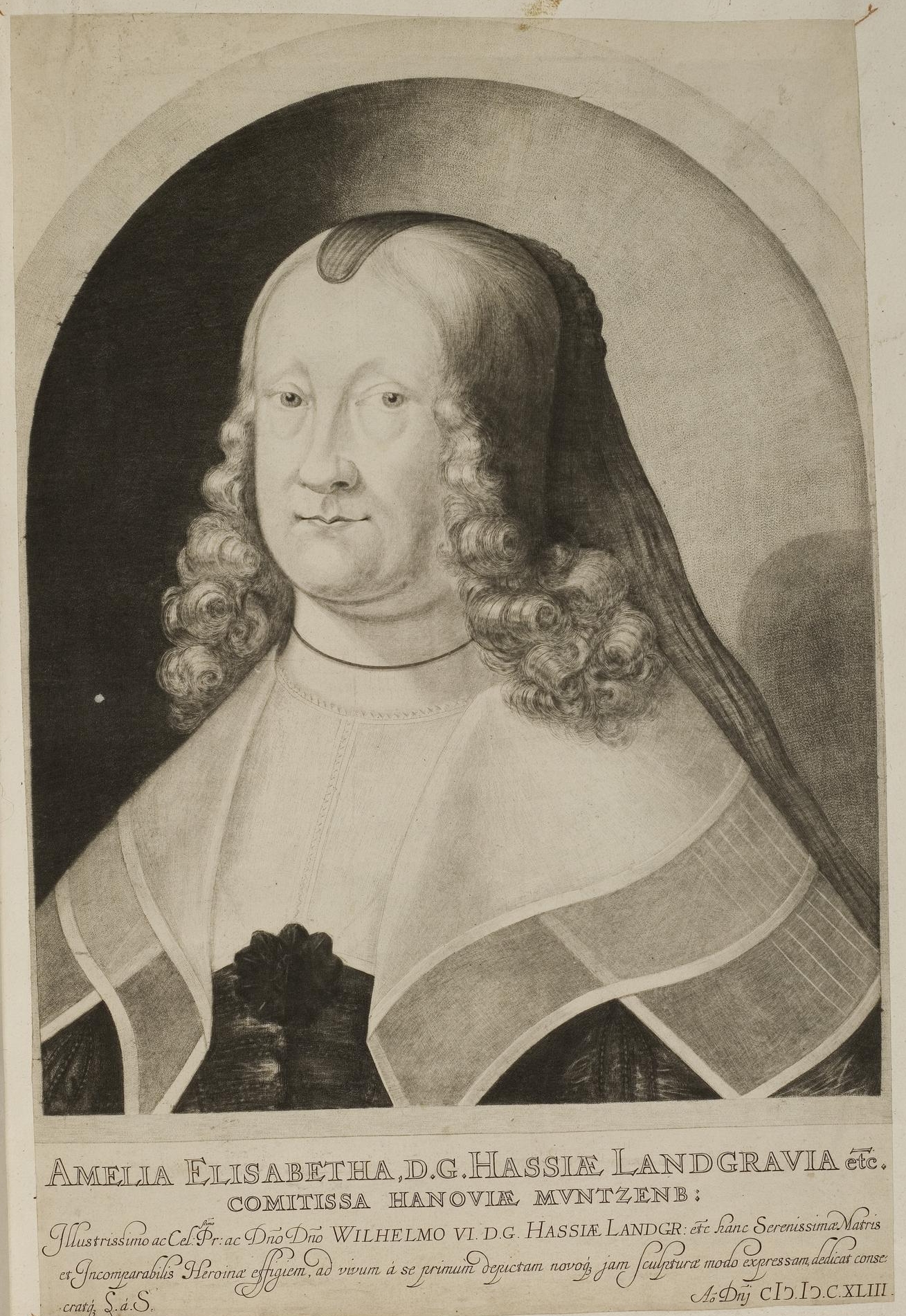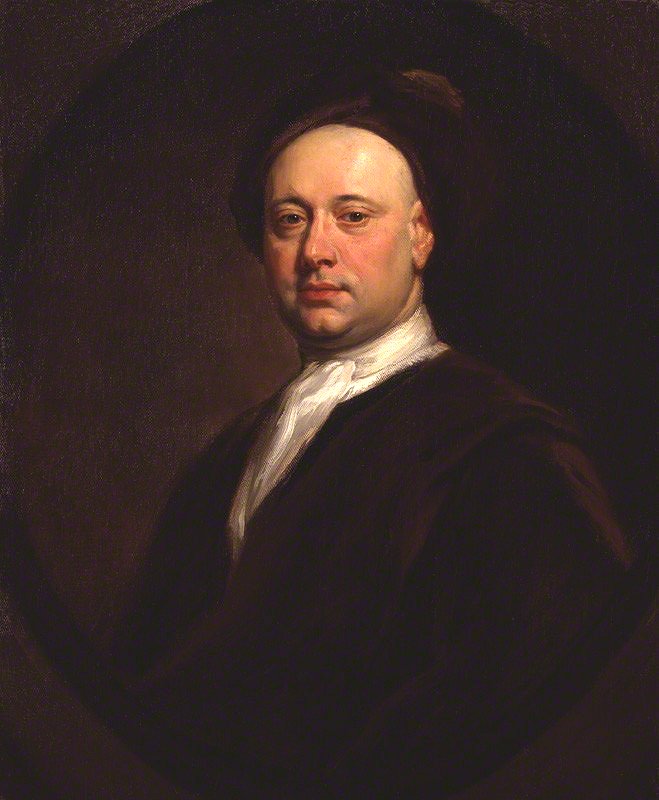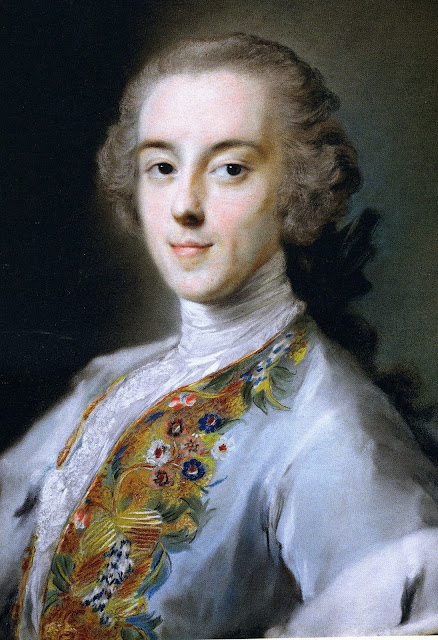|
Antony Russel
Anthony or Antony Russel (–1743) was an English portrait-painter. Life Antony Russel, son of the painter Theodore Russel, carried on the family tradition of portrait-painting, and is said to have studied under John Riley. A portrait by him of the famous Dr. Sacheverell, painted in 1710, was engraved in mezzotint by John Smith.Cust 1897, p. 425. He was an intimate friend of George Vertue, who engraved some of his portraits, and he supplied Vertue with many biographical notes concerning artists of the seventeenth century, which are now embodied in Walpole's ''Anecdotes of Painting''. He died in London in July 1743, aged about eighty. References Citations Bibliography * * Cust, L. H. and Sumner, Ann (2004)"Russell, Anthony (1663?–1743)" In ''Oxford Dictionary of National Biography''. Oxford University Press. * Oliver, Valerie Cassel, ed. (2011)"Russel, Antony" In ''Benezit Dictionary of Artists The ''Benezit Dictionary of Artists'' (in French, ''Bénéz ... [...More Info...] [...Related Items...] OR: [Wikipedia] [Google] [Baidu] |
Theodore Russel
Theodore Russel (also spelled Rousseel, Roussel, or Russell; 1614–1689) was an English portrait-painter of Dutch extraction. Origins Theodore Russel, born in London, was baptised at the Dutch Church, Austin Friars, on 9 October 1614. He was the son of Nicasius Russell, Nicasius Rousseel (or Russel), a goldsmith, of Bruges, jeweller to James I and Charles I, who settled in London about 1567, and on 21 April 1590 was married at the Dutch Church, Austin Friars, to his first wife, Jacomina Wils of Meessene; by her he had a family, including a son John, who is probably identical with a Jan Rossel or Russel resident at Mortlake from 1629 to 1645, and probably connected with the tapestry works there. Nicasius married as his second wife, at the Dutch Church, on 27 November 1604, Clara Jansz, daughter of Cornelis and Johanna Jansz, and sister of Cornelius Johnson (artist), Cornelis Jansz (Janssen or Jonson) van Ceulen, the famous portrait-painter; by her also he had a numerous famil ... [...More Info...] [...Related Items...] OR: [Wikipedia] [Google] [Baidu] |
John Riley (painter, Born 1646)
John Riley, or Ryley, (1646 – March 1691) was an English portrait painter. He painted portraits of Charles II and James II, and was court painter to William III and Mary II. One of his pupils was Jonathan Richardson. Life and work Riley was born in London, one of the sons of William Ryley, Lancaster Herald and keeper of the records in the Tower of London, who was created Norroy king-at-arms under the Commonwealth, but reverted to his herald's office at the Stuart Restoration. Another son, Thomas Riley, was an actor. Riley studied painting under Isaac Fuller and Gerard Soest, and from the latter learnt a forcible, straightforward style of portraiture which rendered his portraits noteworthy. Riley did not attain much eminence until the death of Sir Peter Lely, when courtier and royal official Thomas Chiffinch sat for him, and was so much pleased with his portrait that he showed it to the King. Charles II gave Riley some commissions, and eventually himself sat for him ... [...More Info...] [...Related Items...] OR: [Wikipedia] [Google] [Baidu] |
Henry Sacheverell
Henry Sacheverell (; 8 February 1674 – 5 June 1724) was an English high church Anglican clergyman who achieved nationwide fame in 1709 after preaching an incendiary 5 November sermon. He was subsequently impeached by the House of Commons and though he was found guilty, his light punishment was seen as a vindication and he became a popular figure in the country, contributing to the Tories' landslide victory at the general election of 1710. Early life The son of Joshua Sacheverell, rector of St Peter's, Marlborough, he was adopted by his godfather, Edward Hearst, and his wife after Joshua's death in 1684. His maternal grandfather, Henry Smith, after whom he was possibly named, may be the same Henry Smith who is recorded as a signatory of Charles I's death warrant. His relations included what he labelled his "fanatic kindred"; his great-grandfather John was a rector, three of whose sons were Presbyterians. One of these sons, John (Sacheverell's grandfather), was ejected ... [...More Info...] [...Related Items...] OR: [Wikipedia] [Google] [Baidu] |
Mezzotint
Mezzotint is a monochrome printmaking process of the intaglio (printmaking), intaglio family. It was the first printing process that yielded half-tones without using line- or dot-based techniques like hatching, cross-hatching or stipple. Mezzotint achieves tonality by roughening a metal plate with thousands of little dots made by a metal tool with small teeth, called a "rocker". In printing, the tiny pits in the plate retain the ink when the face of the plate is wiped clean. This technique can achieve a high level of quality and richness in the print, and produce a furniture print which is large and bold enough to be framed and hung effectively in a room. Mezzotint is often combined with other intaglio techniques, usually etching and engraving, including stipple engraving. The process was especially widely used in England from the eighteenth century, and in France was called ''la manière anglais'' (“the English manner”). Until the 20th century it has mostly been used for ... [...More Info...] [...Related Items...] OR: [Wikipedia] [Google] [Baidu] |
John Smith (engraver)
John Smith () was an English mezzotint engraver and print seller. Closely associated with the portrait painter Godfrey Kneller, Smith was one of leading exponents of the mezzotint medium during the late 17th and early 18th centuries, and was regarded among first English-born artists to receive international recognition, along the younger painter William Hogarth. Life Smith was born in Daventry, Northamptonshire, about 1652. He was articled to a painter named Tillet in London, and studied mezzotint engraving under Isaac Beckett and Jan van der Vaart. Smith became the favourite engraver of Sir Godfrey Kneller, whose paintings he extensively reproduced, and in whose house he is said to have lived for some time. At the end of his career, Smith retired to Northamptonshire, where he died on 17 January 1742 at age 90. He was buried in the churchyard of St Peter's, Northampton church, where there was a tablet to his memory and that of his wife Sarah, who died in 1717. Works Smith c ... [...More Info...] [...Related Items...] OR: [Wikipedia] [Google] [Baidu] |
George Vertue
George Vertue (1684 – 24 July 1756) was an English engraver and antiquary, whose notebooks on British art of the first half of the 18th century are a valuable source for the period. Life Vertue was born in 1684 in St Martin-in-the-Fields, London, his father, perhaps a tailor, and mother are noted as "Roman Catholic". At the age of 13, he was apprenticed to a prominent heraldic engraver of French origin who became bankrupt and returned to France. Vertue worked seven years under Michael Vandergucht, before operating independently. He was amongst the first members of Godfrey Kneller's London Academy of Painting, who had employed him to engrave portraits. citing: Walpole's ''Anecdotes of Painting''; Nichols's ''Literary Anecdotes'', ii. 246; Chester's ''Westminster Abbey Reg.''; Dodd's manuscript ''Hist. of English Engravers'' in Brit. Mus. (Addit. MS. 33406). It was there that he became a pupil of Thomas Gibson, a leading portrait painter. Vertue had a deep interest in a ... [...More Info...] [...Related Items...] OR: [Wikipedia] [Google] [Baidu] |
Horace Walpole
Horatio Walpole, 4th Earl of Orford (; 24 September 1717 – 2 March 1797), better known as Horace Walpole, was an English Whig politician, writer, historian and antiquarian. He had Strawberry Hill House built in Twickenham, southwest London, reviving the Gothic style some decades before his Victorian successors. His literary reputation rests on the first Gothic novel, '' The Castle of Otranto'' (1764), and his ''Letters'', which are of significant social and political interest. They have been published by Yale University Press in 48 volumes. In 2017, a volume of Walpole's selected letters was published. The youngest son of the first British Prime Minister, Sir Robert Walpole, 1st Earl of Orford, he became the 4th and last Earl of Orford of the second creation on his nephew's death in 1791. Early life: 1717–1739 Walpole was born in London, the youngest son of British Prime Minister Sir Robert Walpole and his wife, Catherine. Like his father, he received early educatio ... [...More Info...] [...Related Items...] OR: [Wikipedia] [Google] [Baidu] |
Benezit Dictionary Of Artists
The ''Benezit Dictionary of Artists'' (in French, ''Bénézit: Dictionnaire des peintres, sculpteurs, dessinateurs et graveurs'') is an extensive publication of bibliographical information on painters, sculptors, designers and engravers created primarily for art museums, auction houses, historians and dealers. It was published by Éditions Gründ in Paris but has been sold to Oxford University Press. First published in the French language in three volumes between 1911 and 1923, the dictionary was put together by Emmanuel Bénézit (1854–1920) and a team of international specialists with assistance from his son the painter Emmanuel-Charles Bénézit (1887–1975), and daughter Marguerite Bénézit. After the elder Bénézit's death the editors were (1895–1994) and the painter (1922–2004), the younger Bénézit having already left Paris and moved to Provence. The next edition was an eight-volume set published between 1948 and 1955, followed by a ten-volume set in 1976 ... [...More Info...] [...Related Items...] OR: [Wikipedia] [Google] [Baidu] |
1660s Births
Year 166 ( CLXVI) was a common year starting on Tuesday of the Julian calendar. At the time, it was known as the Year of the Consulship of Pudens and Pollio (or, less frequently, year 919 ''Ab urbe condita''). The denomination 166 for this year has been used since the early medieval period, when the Anno Domini calendar era became the prevalent method in Europe for naming years. Events By place Roman Empire * Dacia is invaded by barbarians. * Conflict erupts on the Danube frontier between Rome and the Germanic tribe of the Marcomanni. * Emperor Marcus Aurelius appoints his sons Commodus and Marcus Annius Verus as co-rulers (Caesar), while he and Lucius Verus travel to Germany. * End of the war with Parthia: The Parthians leave Armenia and eastern Mesopotamia, which both become Roman protectorates. * A plague (possibly small pox) comes from the East and spreads throughout the Roman Empire, lasting for roughly twenty years. * The Lombards invade Pannonia (modern Hung ... [...More Info...] [...Related Items...] OR: [Wikipedia] [Google] [Baidu] |
1743 Deaths
Events January–March * January 1 – The Verendrye brothers, probably Louis-Joseph and François de La Vérendrye, become the first white people to see the Rocky Mountains from the eastern side (the Spanish conquistadors had seen the Rockies from the west side). * January 8 – King Augustus III of Poland, acting in his capacity as Elector of Saxony, signs an agreement with Austria, pledging help in war in return for part of Silesia to be conveyed to Saxony. * January 12 ** The Verendryes, and two members of the Mandan Indian tribe, reach the foot of the mountains, near the site of what is now Helena, Montana. ** An earthquake strikes the Philippines * January 16 – Cardinal André-Hercule de Fleury turns his effects over to King Louis XV of France, 13 days before his death on January 29. * January 23 – With mediation by France, Sweden and Russia begin peace negotiations at Åbo (Turku) to end the Russo-Swedish War. By August 17, Swed ... [...More Info...] [...Related Items...] OR: [Wikipedia] [Google] [Baidu] |
17th-century English Painters
The 17th century lasted from January 1, 1601 (represented by the Roman numerals MDCI), to December 31, 1700 (MDCC). It falls into the early modern period of Europe and in that continent (whose impact on the world was increasing) was characterized by the Baroque cultural movement, the latter part of the Spanish Golden Age, the Dutch Golden Age, the French ''Grand Siècle'' dominated by Louis XIV, the Scientific Revolution, the world's first public company and megacorporation known as the Dutch East India Company, and according to some historians, the General Crisis. From the mid-17th century, European politics were increasingly dominated by the Kingdom of France of Louis XIV, where royal power was solidified domestically in the civil war of the Fronde. The semi-feudal territorial French nobility was weakened and subjugated to the power of an absolute monarchy through the reinvention of the Palace of Versailles from a hunting lodge to a gilded prison, in which a greatly expanded r ... [...More Info...] [...Related Items...] OR: [Wikipedia] [Google] [Baidu] |
18th-century English Painters
The 18th century lasted from 1 January 1701 (represented by the Roman numerals MDCCI) to 31 December 1800 (MDCCC). During the 18th century, elements of Enlightenment thinking culminated in the Atlantic Revolutions. Revolutions began to challenge the legitimacy of monarchical and aristocratic power structures. The Industrial Revolution began mid-century, leading to radical changes in human society and the environment. The European colonization of the Americas and other parts of the world intensified and associated mass migrations of people grew in size as part of the Age of Sail. During the century, slave trading expanded across the shores of the Atlantic Ocean, while declining in Russia and China. Western historians have occasionally defined the 18th century otherwise for the purposes of their work. For example, the "short" 18th century may be defined as 1715–1789, denoting the period of time between the death of Louis XIV of France and the start of the French Revolut ... [...More Info...] [...Related Items...] OR: [Wikipedia] [Google] [Baidu] |







